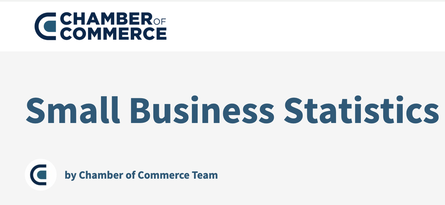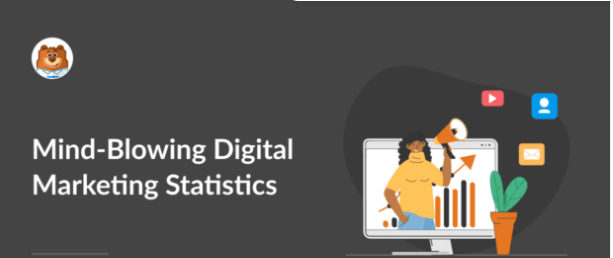Marketing Statistics
Statistics are applied in marketing to identify market trends, and to measure and evaluate the potential and success of marketing programs. The secret to successful marketing is to identify the target market accurately and to use effective marketing communications channels and tactics to reach it.











